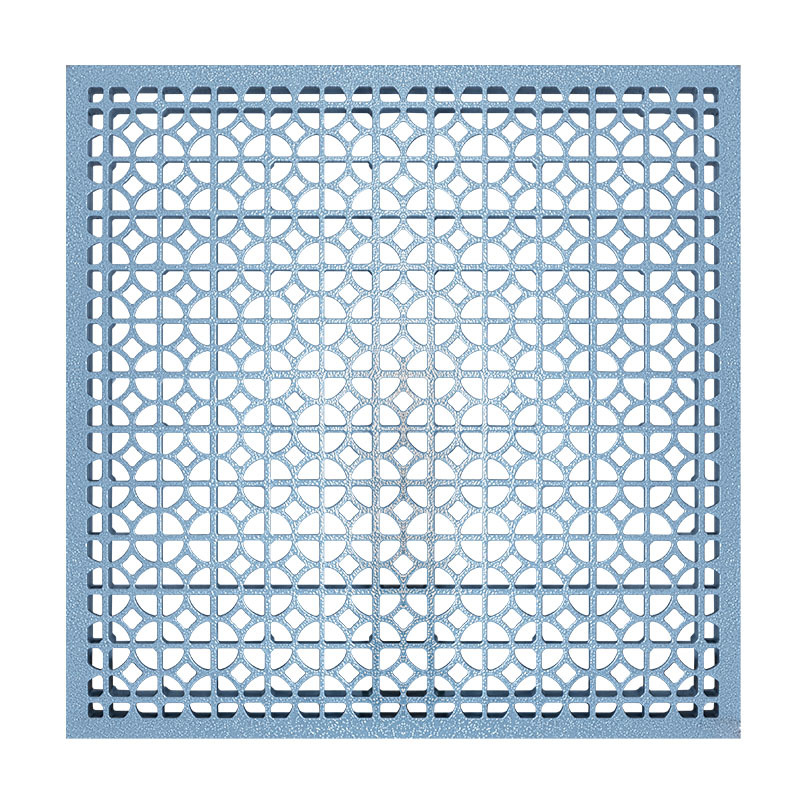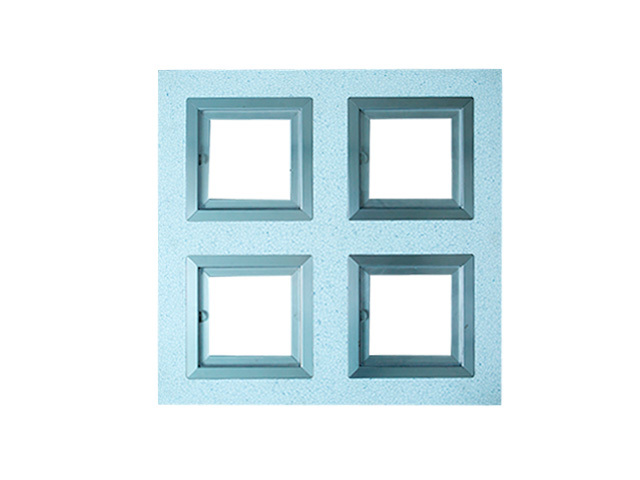Anti-Static Raised Floor: Innovation for Safer, Smarter, and Cleaner Spaces
2025年08月20日
An anti-static raised floor is a modern architectural and engineering solution designed to create safe, functional, and adaptable interior environments. As technology advances and industries become increasingly reliant on sensitive electronic equipment, the demand for spaces that minimize static electricity and provide flexible infrastructure has grown tremendously. Anti-static raised floors meet these requirements by offering both functional utility and long-term reliability.
The basic design of an anti-static raised floor consists of modular panels, often made from high-strength materials such as steel, aluminum, calcium sulfate, or composite boards, supported by a grid of adjustable pedestals. This system creates an elevated platform above the building’s structural slab, leaving an underfloor cavity that serves as a hidden channel for cabling, wiring, HVAC ducts, and other utilities. The integration of anti-static surface finishes—typically with high-pressure laminates, PVC, or conductive tiles—prevents the build-up of static electricity and ensures the safety of delicate equipment and personnel.
One of the greatest advantages of anti-static raised floors lies in their ability to protect electronic systems. Static electricity, even at very low levels, can damage or disrupt servers, data centers, control rooms, and precision instruments. By dissipating static charges safely to the ground, these floors reduce the risk of electrical failures, data loss, and costly downtime. This makes them an essential infrastructure choice for industries such as IT, telecommunications, finance, aerospace, pharmaceuticals, and advanced manufacturing.
Beyond protection, anti-static raised floors also enhance flexibility. As organizations evolve, the need to reroute cabling, install new systems, or expand equipment is inevitable. Raised flooring systems allow easy access to the underfloor space without disrupting daily operations, significantly reducing maintenance time and cost. Their modular design also supports quick installation and future reconfiguration, making them a sustainable investment for fast-changing industries.
In addition, these floors contribute to cleaner and more organized spaces. By concealing cables and wiring beneath the floor, work environments become safer, tidier, and more aesthetically pleasing. This is particularly valuable in offices, laboratories, and data centers, where both functionality and appearance matter. Advanced anti-static flooring systems may also feature fire resistance, moisture resistance, and load-bearing capabilities tailored to specific project needs.
Sustainability is another key benefit. Many modern anti-static raised floors are manufactured with eco-friendly materials, and their long service life reduces waste. Combined with improved energy efficiency from underfloor air distribution systems, they play a vital role in green building design.
In summary, anti-static raised floors represent more than just a flooring solution—they are a technological foundation that ensures safety, efficiency, and adaptability. By combining static protection, flexible infrastructure, and sustainable design, they support the evolving demands of modern spaces and safeguard the future of digital-driven industries.




